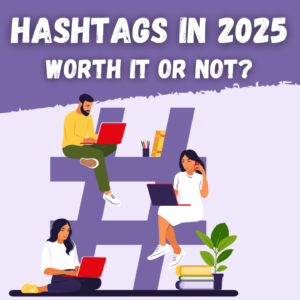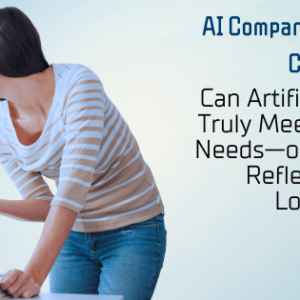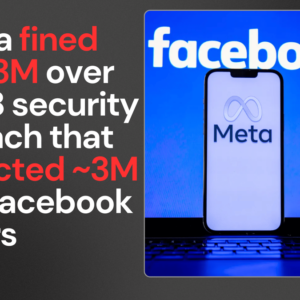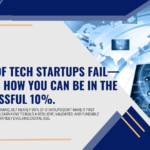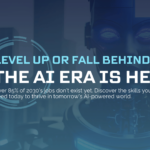Full-stack development refers to the ability to work on both the front-end and back-end of web applications. A full-stack developer is proficient in all layers of software development, from designing user interfaces to managing databases and server-side logic. As we step into 2025, the importance of full-stack developers continues to grow, driven by the increasing demand for versatile tech professionals who can create comprehensive digital solutions. This multifaceted role not only enhances productivity but also enables businesses to streamline their development processes, making full-stack developers invaluable in the tech industry.
Step-by-Step Guide: How to Become a Full-Stack Developer
Learning Front-End Skills
To start your journey as a full-stack developer, you must master front-end technologies:
- HTML/CSS: The foundational languages for creating web pages.
- JavaScript: Essential for adding interactivity.
- Frameworks: Familiarize yourself with popular frameworks like React, Vue.js, or Angular.
- Responsive Design: Learn techniques for creating mobile-friendly interfaces using CSS frameworks like Tailwind CSS.
Mastering Back-End Skills
Next, focus on back-end development:
- Node.js: A JavaScript runtime for building server-side applications.
- Databases: Gain proficiency in SQL (PostgreSQL) and NoSQL (MongoDB) databases.
- APIs: Understand how to create and consume RESTful APIs.
- Server Management: Learn about server-side languages like Python or PHP.
Understanding DevOps Tools
DevOps practices are integral for modern development:
- Version Control Systems: Get comfortable with Git for managing code changes.
- CI/CD Pipelines: Learn about continuous integration and deployment practices.
- Containerization: Familiarize yourself with Docker and Kubernetes for deploying applications.
Building Real-World Projects
Practical experience is crucial:
- Create personal projects or contribute to open-source initiatives.
- Develop a portfolio showcasing your skills across various technologies.
Useful Resources
Here are some recommended resources for learning full-stack development:
- Codecademy: Offers interactive courses on web development fundamentals.
- freeCodeCamp: Provides a comprehensive curriculum covering both front-end and back-end technologies.
- Coursera: Features courses from top universities on software engineering and full-stack development.
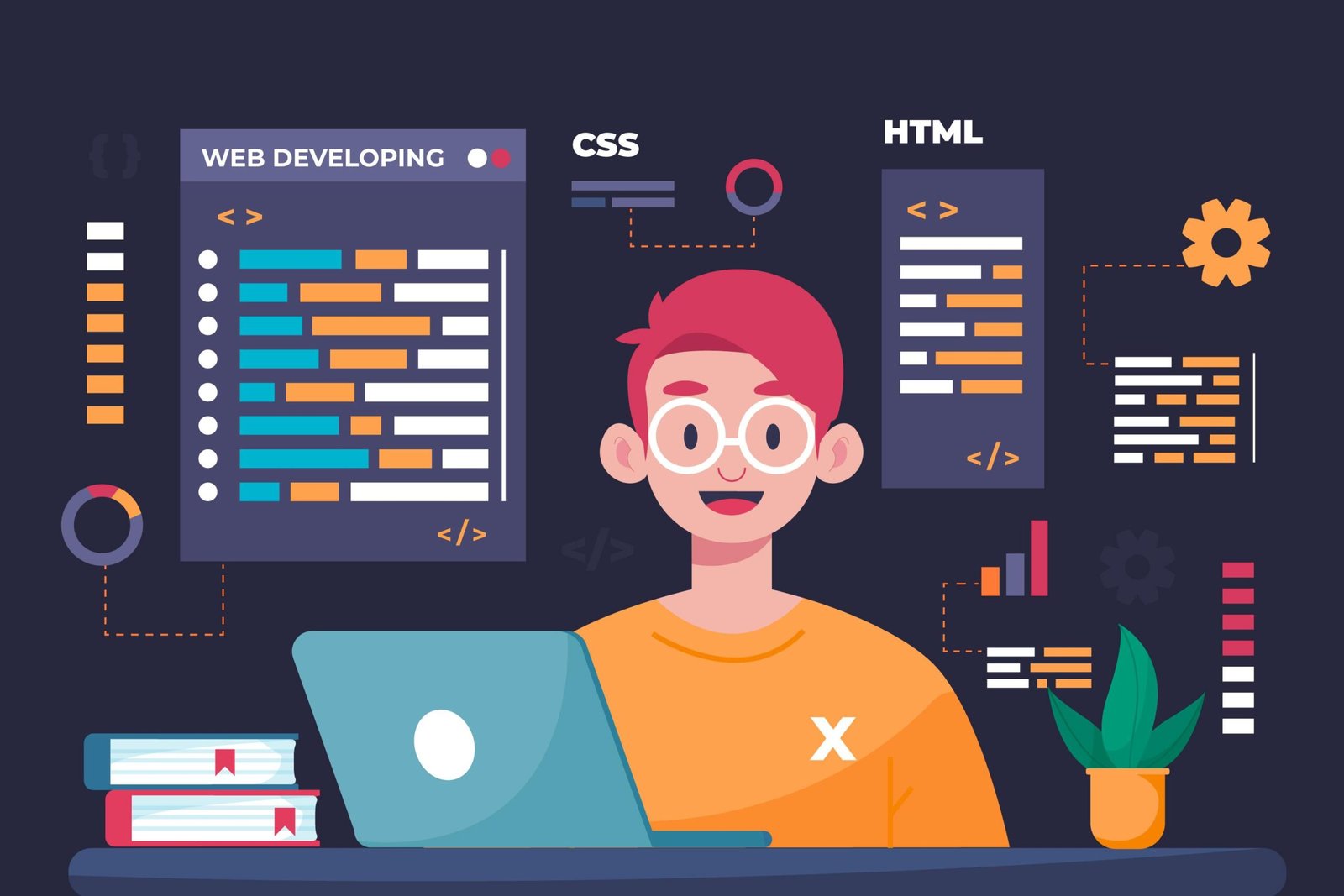
Is Full-Stack Developer in Demand in 2025?
The demand for full-stack developers is expected to surge in 2025. Market trends indicate that companies across various sectors—such as finance, healthcare, and e-commerce—are actively seeking skilled developers who can manage both front-end and back-end tasks. According to industry reports, the average salary for a full-stack developer is projected to be around INR 6L per annum in India, with senior developers earning significantly more as they gain experience.
The rise of cloud technologies and digital transformation initiatives further fuels this demand. Full-stack developers are essential for implementing cloud-native solutions and integrating emerging technologies like AI and machine learning into business processes.
Will AI Replace Full-Stack Developers?
While AI is transforming many aspects of software development, it is unlikely to fully replace full-stack developers. Instead, AI will augment their capabilities by automating routine tasks such as code generation and testing. Full-stack developers can leverage AI tools to enhance their productivity and focus on more complex problem-solving tasks.
To stay relevant, developers should embrace continuous learning and adapt to new technologies. Understanding how to integrate AI tools into their workflows will be crucial for maintaining a competitive edge in the job market.
Future of Full-Stack Development in 2030
Looking ahead to 2030, several key skills and advancements are expected to shape the role of full-stack developers:
- Serverless Architecture: As businesses seek cost-effective solutions, serverless computing will become more prevalent, allowing developers to focus on writing code without managing server infrastructure.
- AI Integration: Developers will need to understand how to incorporate AI-driven features into applications, enhancing user experiences through personalization and automation.
- Enhanced Cybersecurity Skills: With increasing cyber threats, knowledge of secure coding practices and cybersecurity measures will be essential for protecting applications.
- Low-Code/No-Code Platforms: The rise of low-code platforms will change how applications are built, enabling non-developers to create functional apps while still requiring full-stack developers to oversee complex integrations.
Conclusion
Ready to future-proof your career? Becoming a full-stack developer in 2025 requires dedication and continuous learning. By mastering both front-end and back-end skills, understanding DevOps tools, and building real-world projects, you can position yourself as a valuable asset in the tech industry.
As technology evolves, staying adaptable will be your greatest strength. Embrace the journey of learning—your future self will thank you!
